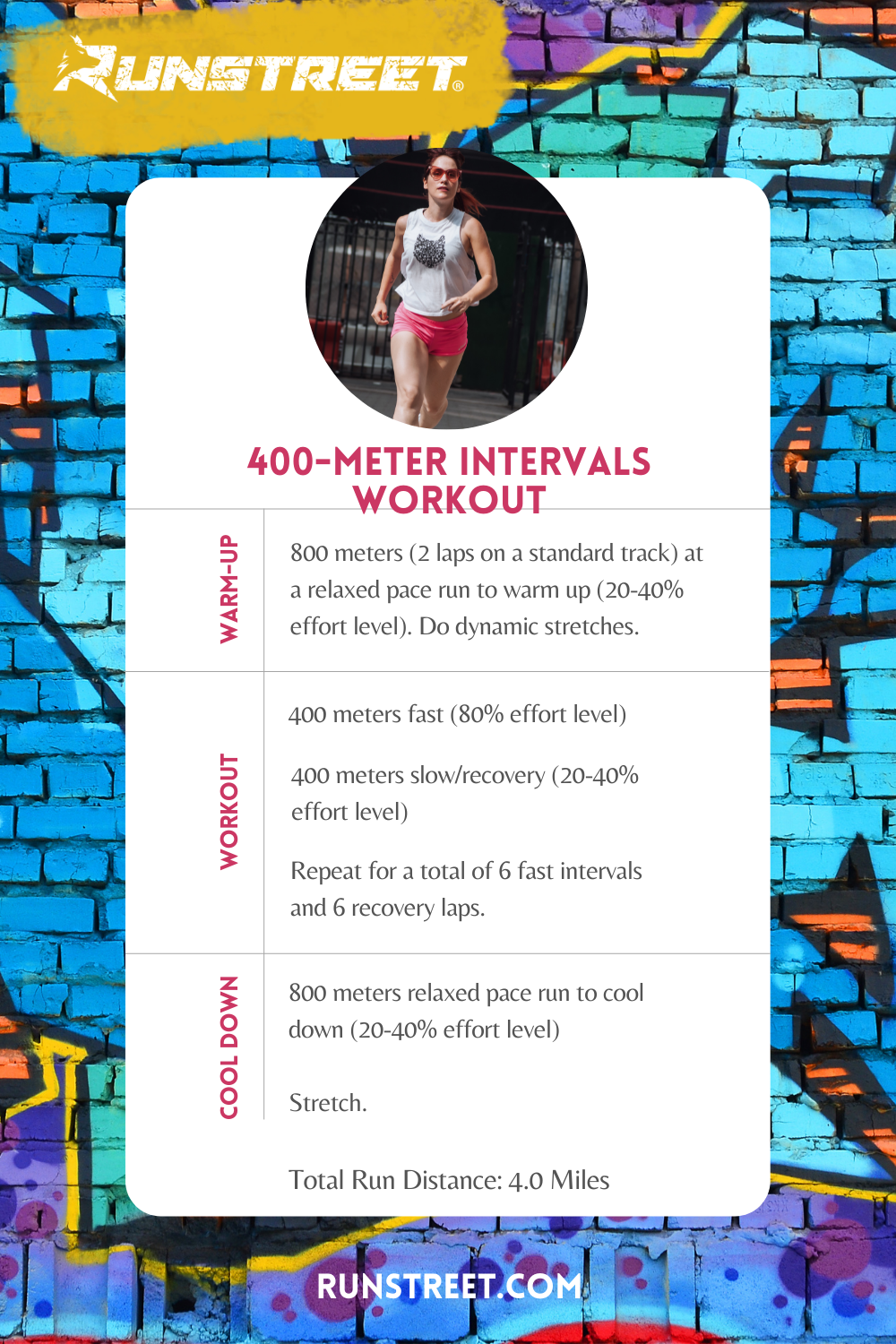Just How to stop and Take Care Of Pain in Operating: Professional Tips and Advice
As runners, we usually locate ourselves captured in between the euphoria of pushing our physical limits and the pain that can accompany it. The pursuit of that jogger's high can in some cases be prevented by the unwanted buddy of discomfort. Whether you are a skilled marathoner or a novice hitting the sidewalk for the very first time, the nagging visibility of discomfort and discomfort is an usual denominator. However, there exist proven methods and expert recommendations that can aid alleviate and handle these pains, allowing you to concentrate on the happiness of running itself.
Significance of Proper Footwear
Appropriate footwear plays a crucial role in protecting against and handling pain for runners, as it considerably impacts their comfort, efficiency, and overall foot health and wellness. When it comes to running, using the right footwear can make all the difference. Ill-fitting or inappropriate shoes can cause a host of concerns such as sores, shin splints, plantar fasciitis, and much more extreme injuries like anxiety cracks.
Picking the proper running shoes includes taking into consideration factors such as foot type, stride mechanics, running surface, and personal choices. Runners with high arcs might require even more cushioning and assistance, while those with level feet could take advantage of security footwear. In addition, recognizing pronation (the inward rolling of the foot) and supination (the exterior rolling of the foot) can aid in choose shoes that supply the right degree of arch support.
Buying high quality running footwear that are suitable for your specific demands can assist stop discomfort and pain while boosting your running experience. Prioritizing appropriate footwear is not practically efficiency but likewise about protecting your foot health over time.

Efficient Warm-up Techniques
A vibrant workout regimen prior to a run assists enhance blood flow to the muscle mass, improves versatility, and boosts the array of motion of the joints. Dynamic stretches like leg swings, high knees, and hip circles are advantageous in preparing the body for the physical demands of running.
In addition to vibrant stretches, integrating some light cardio workouts such as running or skipping rope can better elevate the heart rate and heat up the body. This mix of vibrant extending and light cardio aids loosen tight muscle mass, lube the joints, and mentally prepares the jogger for the upcoming exercise (running workout). By making workouts a regular part of your running regimen, you can significantly minimize the risk of injuries and perform at your finest throughout each run
Key Extending Exercises
When planning for a run, integrating crucial extending workouts is vital to enhance muscular tissue flexibility and prevent injuries - Read More. Dynamic extends such as leg swings, high knees, and hip circles are beneficial for heating up the muscular tissues and boosting series of movement before a run. These movements assist boost blood circulation, loosen limited muscle mass, and prepare the body for the task ahead
Fixed stretches like calf bone stretches, hamstring stretches, and quadriceps stretches must comply with a run to help in muscle healing and prevent rigidity. Holding each stretch for 15-30 seconds allows the muscle mass to loosen up and lengthen, lowering the danger of post-run pain and prospective injuries.
Furthermore, integrating yoga exercise presents like downward pet, pigeon position, and spinal twists can target numerous muscle teams simultaneously, promoting overall flexibility and stamina. Regular extending routines Discover More not just improve performance but likewise assist in maintaining great running kind and protecting against overuse injuries. Bear in mind, proper stretching techniques are essential for a secure and delightful running experience.
Recovery and Rest Approaches
After completing a run, applying reliable recuperation and rest strategies is essential for maximizing performance and reducing the threat of injuries. One essential aspect of recuperation is enabling the body time to rest and fix itself. Adequate rest is paramount as it is during rest that muscle mass recuperate and grow stronger. In addition, integrating rest days right into your training schedule is vital to stop overuse injuries and burnout.
Energetic recovery methods such as mild stretching, foam rolling, and yoga can assist improve flow, decrease muscle pain, and enhance versatility. It is likewise beneficial to prioritize hydration and nutrition post-run to replenish electrolytes, glycogen shops, and promote muscle mass healing.
Cross-training activities like swimming or biking can give a break from the repetitive effect of running while still preserving cardiovascular fitness - running workout. Paying attention to your body and identifying when it requires a break is key to avoid persistent injuries and guaranteeing long-term running success. Remember, rest is not an indicator of weak point but an important component of a well-rounded training program
Cross-Training Conveniences

In addition, cross-training help in stopping psychological fatigue by adding range to your workout regimen, keeping you inspired and involved in your health and fitness journey. It enables you to service different facets of health and fitness that might not be targeted only with running, leading to an extra well balanced and versatile professional athlete. In addition, cross-training can aid improve running effectiveness by attending to muscle discrepancies and weak points that may prevent performance. In general, integrating cross-training right into your program can bring about improved endurance, rate, and general athletic performance while decreasing the likelihood of injury.
Verdict
To conclude, appropriate shoes, warm-up techniques, extending workouts, healing techniques, and cross-training are important parts in stopping and managing pain in running. By integrating these techniques right into your routine, you can reduce the risk of injury and discomfort while taking full advantage of efficiency and enjoyment of the sport. Read More. Bear in mind to listen to your body, focus on rest and recovery, and seek specialist guidance when needed to ensure a risk-free and effective running experience